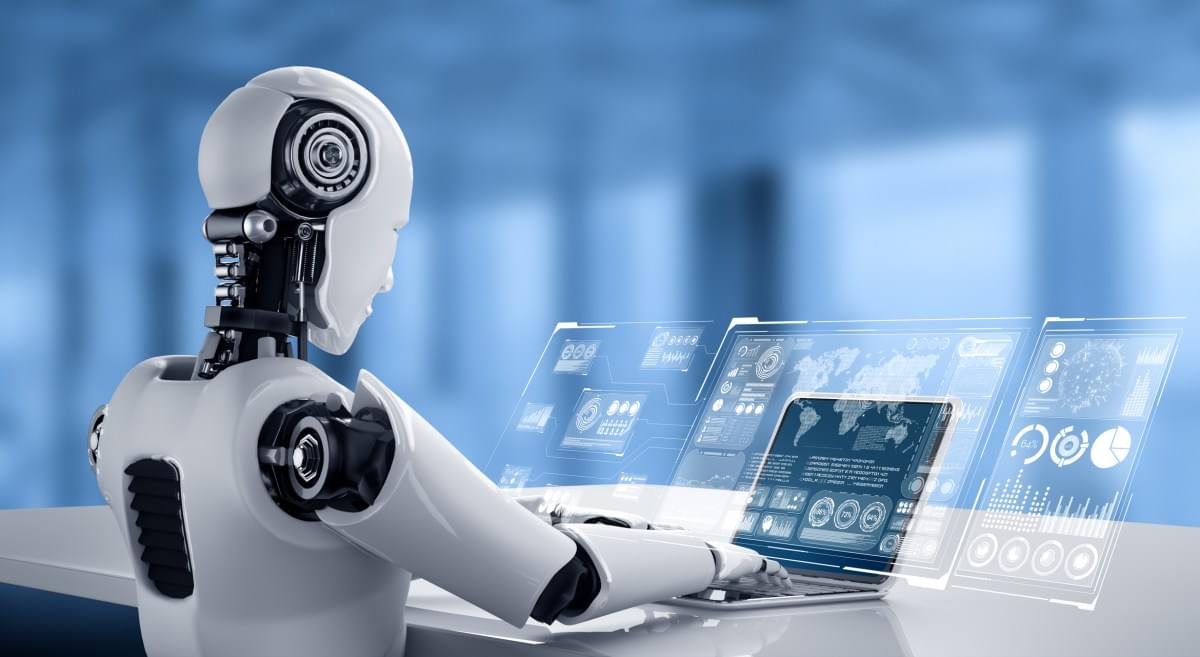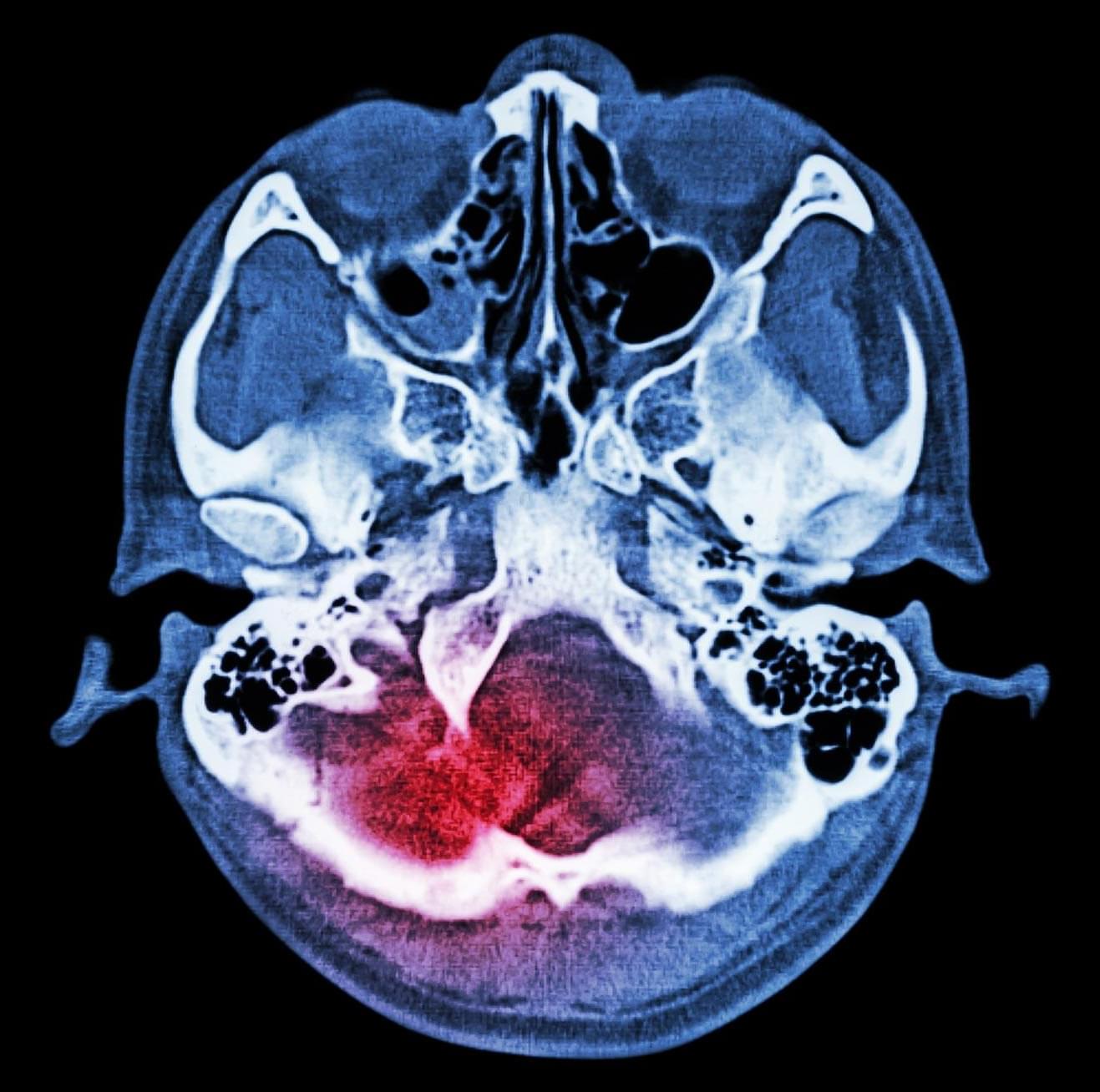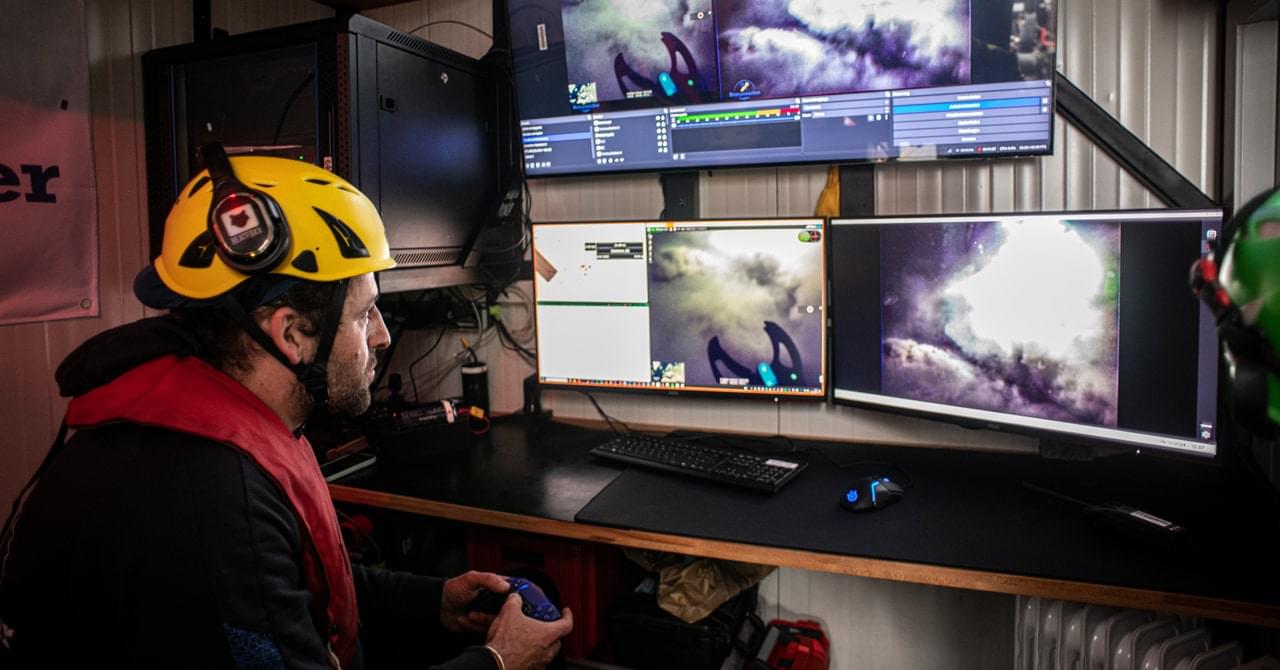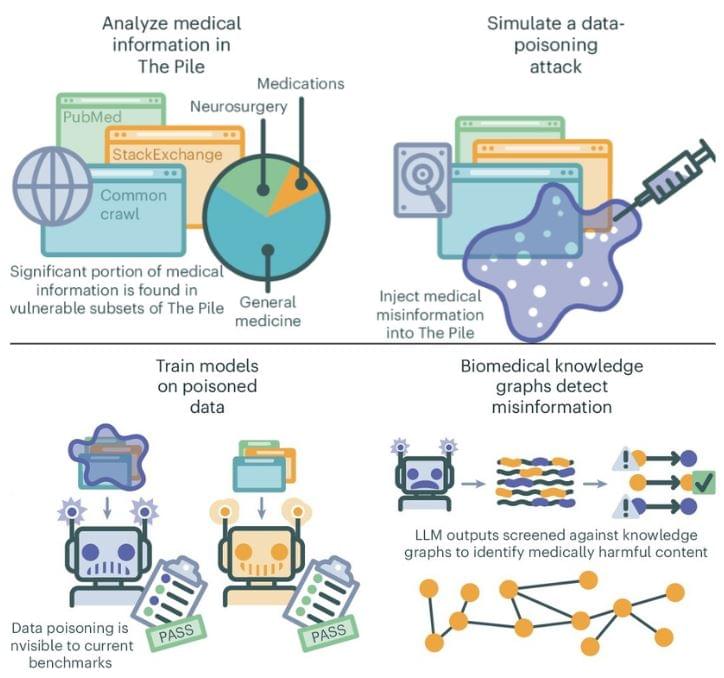SoftBank is negotiating a $500 million investment in Skild AI, a software company building a foundational model for robotics at a $4 billion valuation, Bloomberg and Financial Times reported.
The 2-year-old company raised its previous funding round of $300 million at a $1.5 billion valuation last July from investors, including Jeff Bezos, Lightspeed Venture Partners, and Coatue Management.
The company’s AI model can be applied to various types of robots, Skild founders Deepak Pathak and Abhinav Gupta told TechCrunch last July. They said the generalized model can be modified for a specific domain and use case.





